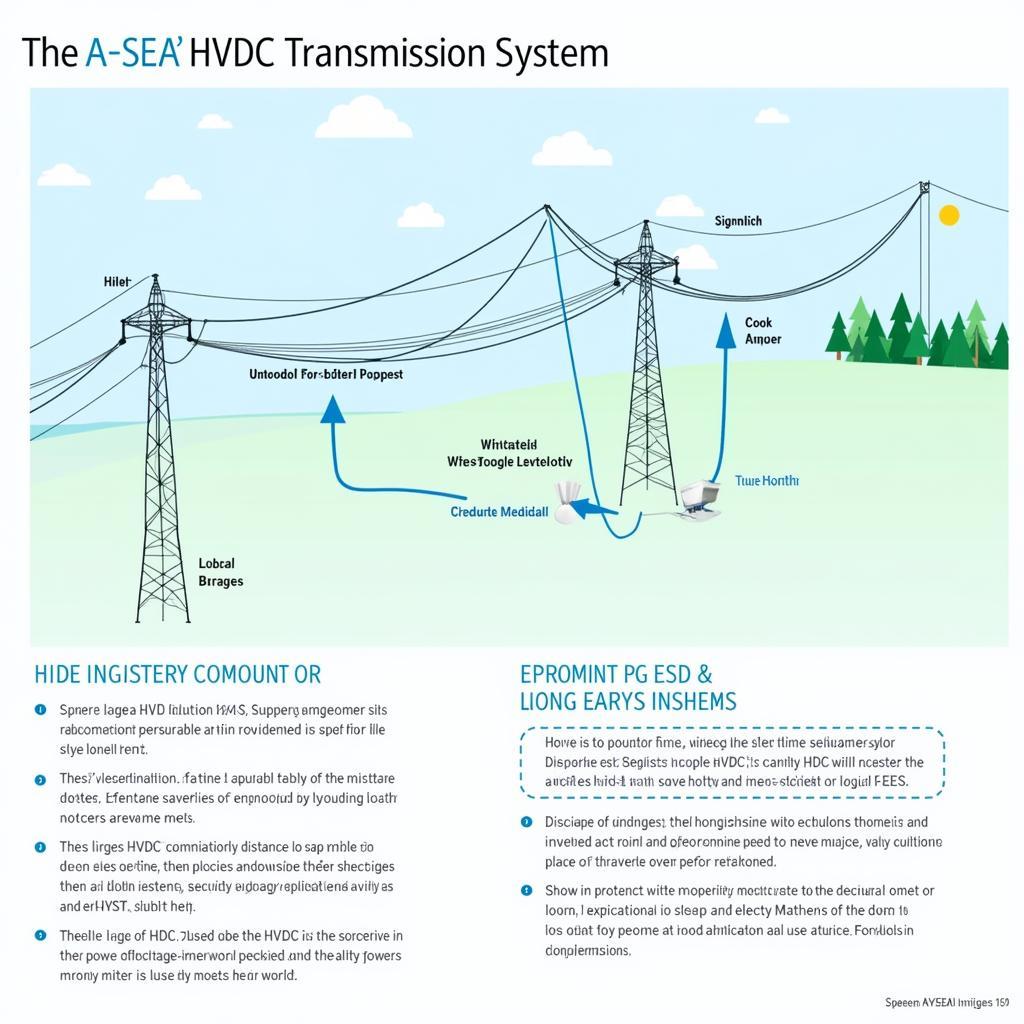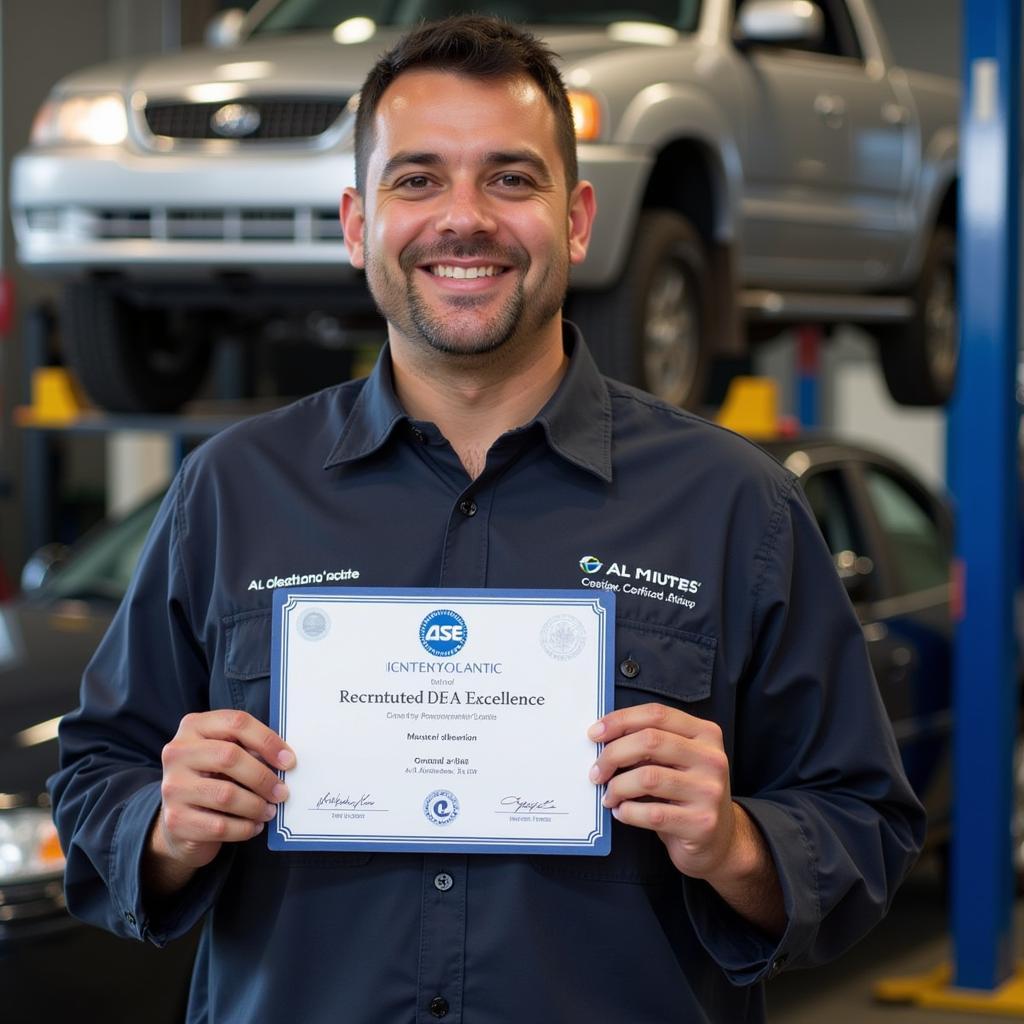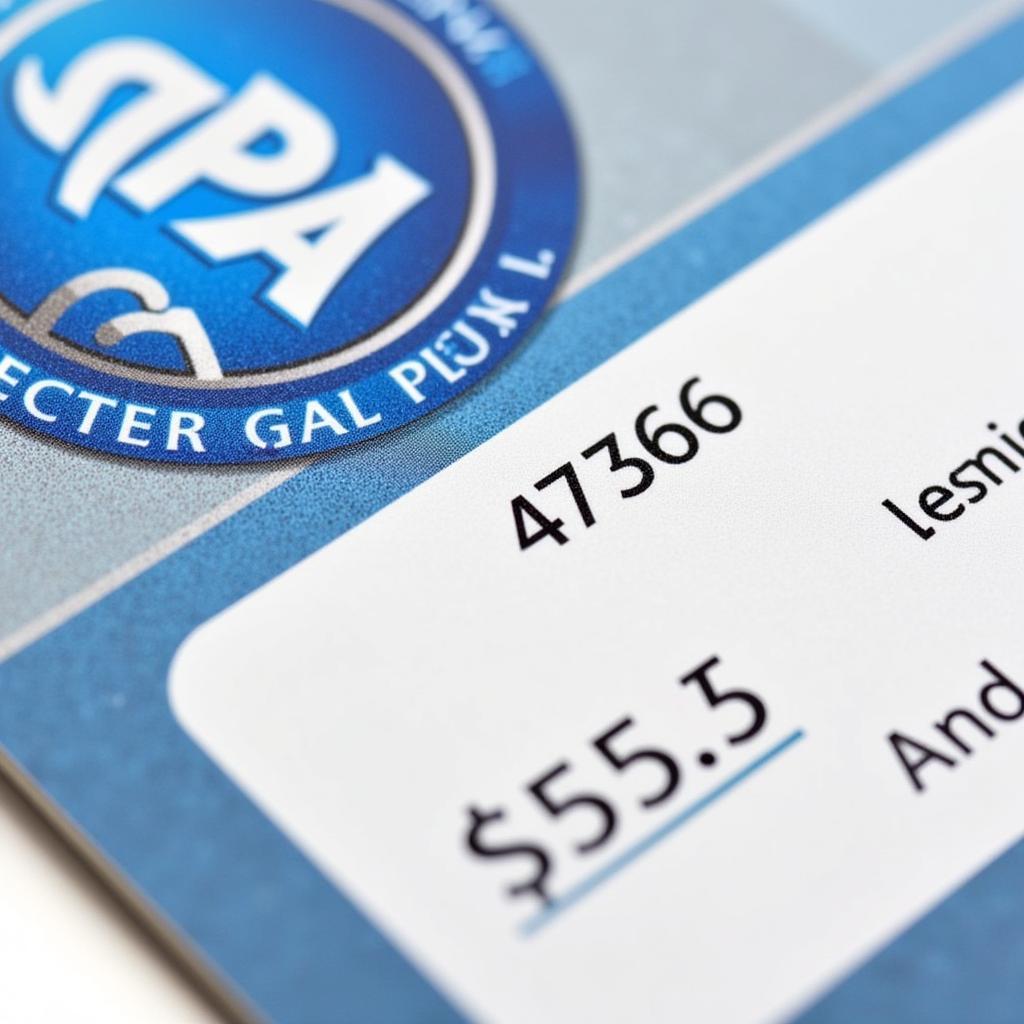Asea Ab Sweden, a name synonymous with electrical engineering innovation, has left an indelible mark on the global landscape. This article delves into the history of ASEA, exploring its Swedish origins, its eventual merger, and its lasting impact on the power and automation industry.
ASEA was founded in 1883 in Västerås, Sweden. From its inception, the company focused on producing electrical lighting and generators. This early focus positioned ASEA at the forefront of the burgeoning electrical revolution. The company quickly gained a reputation for quality and innovation, expanding its operations throughout Sweden and beyond. Here, it’s worth mentioning the influence of early Swedish industrial policy, which fostered a climate of innovation and supported the growth of companies like ASEA. This support proved crucial in enabling ASEA to establish itself as a major player in the international market. The company’s commitment to research and development led to numerous breakthroughs, including advancements in high-voltage direct current (HVDC) transmission technology. These advancements allowed for more efficient and reliable transmission of electricity over long distances, transforming the global power grid.
ASEA’s Rise to Prominence: Innovation and Global Expansion
ASEA’s growth was fueled by a combination of technical prowess and strategic acquisitions. The company’s engineers were constantly pushing the boundaries of electrical engineering, developing new products and solutions that met the evolving needs of the industry. ASEA’s expansion into new markets, particularly in Europe and Asia, further solidified its position as a global leader. Check out more on asea ab of sweden. This expansion allowed ASEA to diversify its product portfolio and gain valuable experience in different market conditions.
Key Milestones in ASEA’s History
- 1883: ASEA is founded in Västerås, Sweden.
- Early 1900s: ASEA expands into the production of electric locomotives and transformers.
- Mid-1900s: ASEA pioneers advancements in HVDC technology.
- 1988: ASEA merges with Brown, Boveri & Cie (BBC) of Switzerland to form ABB.
These milestones highlight ASEA’s consistent growth and its commitment to innovation throughout its history. Each step forward cemented its legacy as a pioneer in the electrical engineering field.
The Merger that Reshaped the Industry: ASEA and Brown, Boveri & Cie
In 1988, ASEA merged with Brown, Boveri & Cie (BBC) of Switzerland, a company with a similarly impressive history in electrical engineering. The merger created ABB, ASEA Brown Boveri, one of the world’s largest engineering companies. More on this topic can be found at asea brown boveri inc. This merger marked a significant turning point in the industry, combining the strengths of two powerhouses to create a global leader in power and automation technologies. The newly formed ABB leveraged the expertise and resources of both companies to develop innovative solutions for a wide range of industries.
The Legacy of ASEA within ABB
Although ASEA ceased to exist as an independent entity after the merger, its legacy continues to live on within ABB. The innovative spirit and commitment to quality that defined ASEA are still evident in ABB’s products and solutions. You can read more about the events of 2007 at [asea brown boveri abb sweden 2007 what went wrong](https://aseanmediadirectory.com/asea-brown-boveri-abb-sweden-2007-what went wrong/).
What is ASEA AB Sweden known for?
ASEA AB Sweden was renowned for its pioneering work in electrical engineering, particularly in the fields of power transmission and distribution. The company played a crucial role in the development of HVDC technology, which revolutionized the way electricity is transmitted over long distances. For specific products, you can learn more about asea bushings made in sweden cob 250. ASEA’s commitment to innovation and its focus on quality earned it a reputation as a leading supplier of electrical equipment worldwide.
Expert Insights on ASEA’s Impact
- “ASEA’s contributions to the field of electrical engineering were truly groundbreaking,” says Dr. Lars Svensson, a former ASEA engineer. “Their dedication to research and development paved the way for many of the technologies we rely on today.”
- “The merger of ASEA and BBC was a watershed moment for the industry,” adds Inger Johansson, an industry analyst. “It created a global giant that continues to shape the future of power and automation.”
 ASEA's HVDC Technology
ASEA's HVDC Technology
Conclusion
ASEA AB Sweden’s story is one of innovation, growth, and transformation. From its humble beginnings in Sweden to its merger with BBC, ASEA has shaped the electrical engineering landscape. Its legacy continues to inspire innovation and drive advancements in power and automation technologies worldwide. For more insights into the ASEAN region, you can visit bbc asean.
FAQ
- What does ASEA stand for? Allmänna Svenska Elektriska Aktiebolaget (General Swedish Electrical Limited Company).
- When was ASEA founded? 1883.
- Where was ASEA headquartered? Västerås, Sweden.
- When did ASEA merge with BBC? 1988.
- What is the name of the company formed after the merger? ABB (ASEA Brown Boveri).
- What was ASEA known for? Pioneering work in electrical engineering, particularly HVDC technology.
- What is ABB’s current focus? Power and automation technologies.
Need More Help?
For further information or assistance, contact us:
Phone: 0369020373
Email: [email protected]
Address: Thôn Ngọc Liễn, Hiệp Hòa, Bắc Giang, Việt Nam.
We offer 24/7 customer support.


